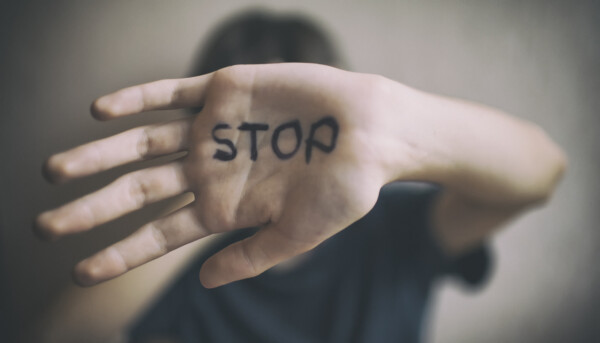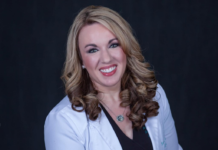
Whenever one is starting a new relationship, it can be hard to see what the future may hold. Dating, in essence, is like trying on new clothes. We must see what works and what doesn’t before we make the final decision to continue long term. At the start of a relationship, it usually is impossible to see whether someone will later become abusive. This is known as the “honeymoon” stage of a relationship and usually everything is going great. The partner presents as an “ideal partner” and someone you’d most likely want to continue dating.
As the relationship grows, there can be red flags, or signs, that your partner is trying to assert their power and control. You may dismiss it at times. They may apologize profusely and swear it will never happen again, and you may just be so head-over-heels for them that you just don’t want to see the signs that are there. The abusive traits can start to intensify as the relationship continues to grow, but again, it doesn’t happen overnight and usually the abusive partner does well with convincing you “things aren’t that bad” or “it’s your fault.”
DV revolves around power and control. The abusive partner uses a variety of tactics to keep their partner from not only leaving them but from telling anyone about the abuse. Over time, the abuse generally becomes more intense, more violent and more frequent. For a breakdown of some of the most common tactics, refer to the Power and Control Wheel created by the Domestic Abuse Intervention Project.

If you ever find yourself in a situation where there is abuse present, it may seem impossible to get help or get out. The most important thing to remember is that you are never to blame for the actions of your partner or others. You can create a plan to keep yourself and your children safe as you work toward a long-term plan to get out of the relationship. There are advocates and hotlines that can be of help in guiding you. Your local victim’s advocacy center can direct you to shelters and other points of contact. If you are in therapy, you can inform your therapist, who can work to help you stay safe and find resources. It will most likely not be easy, but it can be done and there are many people willing and wanting to help you. Once you have realized you deserve better and want a change, you have taken the biggest step toward a happier and safer life.
Brianna Reinhold is a licensed professional counselor and owner/clinical director of Northern Lights Therapy.
This sponsored content was first published in the Health Guide, which first published alongside the October edition of InMaricopa magazine.













![Alleged car thief released without charges Phoenix police stop a stolen vehicle on April 20, 2024. [Facebook]](https://www.inmaricopa.com/wp-content/uploads/2024/04/IMG_5040-218x150.jpg)



